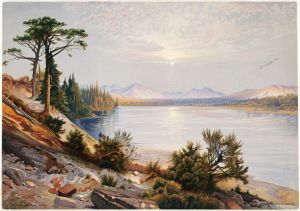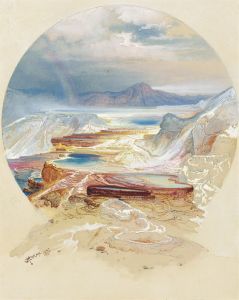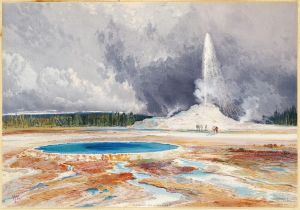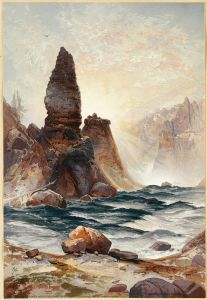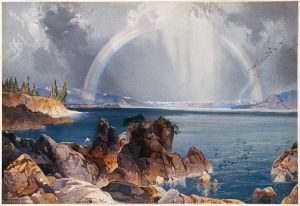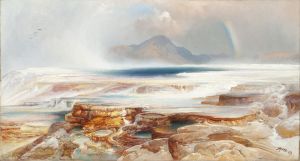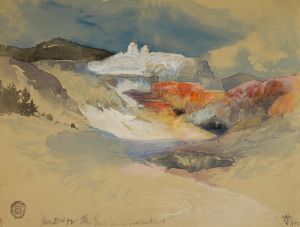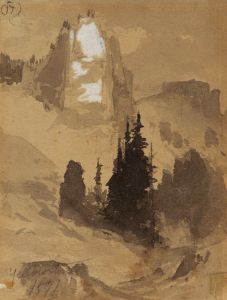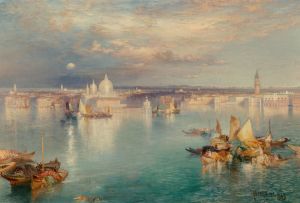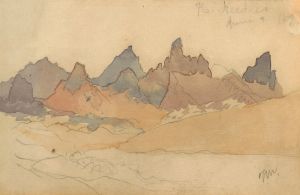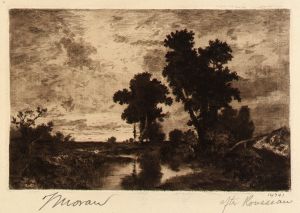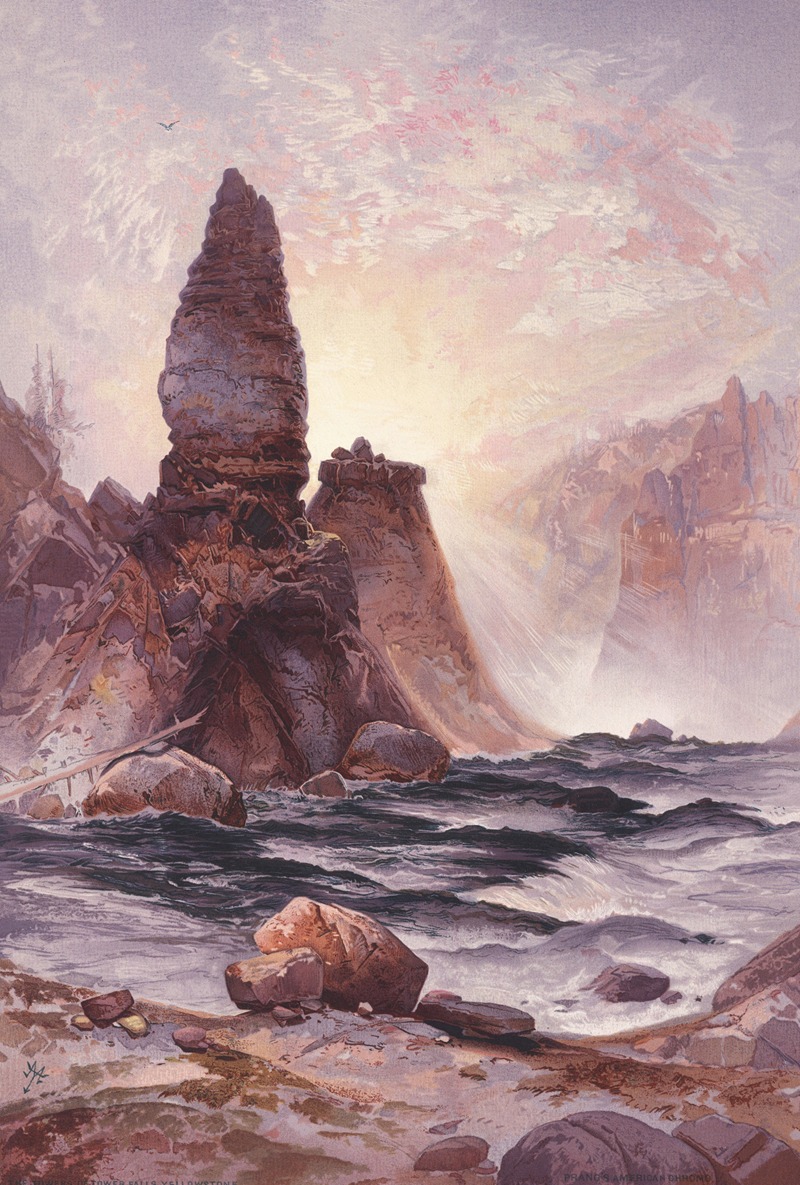
The Towers of Tower Falls, Yellowstone
A hand-painted replica of Thomas Moran’s masterpiece The Towers of Tower Falls, Yellowstone, meticulously crafted by professional artists to capture the true essence of the original. Each piece is created with museum-quality canvas and rare mineral pigments, carefully painted by experienced artists with delicate brushstrokes and rich, layered colors to perfectly recreate the texture of the original artwork. Unlike machine-printed reproductions, this hand-painted version brings the painting to life, infused with the artist’s emotions and skill in every stroke. Whether for personal collection or home decoration, it instantly elevates the artistic atmosphere of any space.
"The Towers of Tower Falls, Yellowstone" is a watercolor painting created by the American artist Thomas Moran in 1871. Moran, a prominent figure in the Hudson River School and the Rocky Mountain School, is renowned for his depictions of the American West, which played a significant role in shaping public perceptions of the region during the 19th century. This particular artwork captures the dramatic landscape of Tower Falls, a notable natural feature located in Yellowstone National Park, Wyoming.
The painting was created during Moran's participation in the 1871 Hayden Geological Survey of Yellowstone, led by Ferdinand V. Hayden. This expedition was one of the first federally funded surveys of the Yellowstone region and aimed to document its geological and natural features. Moran joined the survey as a guest artist, and his work, along with the photographs of William Henry Jackson, provided vivid visual representations of Yellowstone's landscapes. These images were instrumental in convincing Congress to establish Yellowstone as the first national park in the United States in 1872.
"The Towers of Tower Falls, Yellowstone" showcases Moran's skill in capturing the sublime beauty of the American wilderness. The painting depicts the towering rock formations surrounding Tower Falls, with the waterfall itself cascading down in the background. Moran's use of light, color, and intricate detail conveys the grandeur and ruggedness of the scene, emphasizing the unique geological features of the area. His artistic interpretation of Yellowstone's landscapes often blended realism with romanticism, highlighting both the scientific significance and the aesthetic appeal of the region.
Moran's work from the 1871 expedition, including "The Towers of Tower Falls, Yellowstone," was widely celebrated and helped to establish his reputation as one of the foremost landscape painters of his time. The painting, along with others created during and after the expedition, contributed to the growing appreciation of the American West as a subject of artistic and cultural importance. Today, Moran's Yellowstone paintings are considered iconic representations of the region and are held in high regard for their historical and artistic value.
The original watercolor of "The Towers of Tower Falls, Yellowstone" is part of the collection of the Smithsonian American Art Museum in Washington, D.C. It remains an enduring testament to Moran's artistic legacy and the pivotal role of art in the preservation of America's natural heritage.





